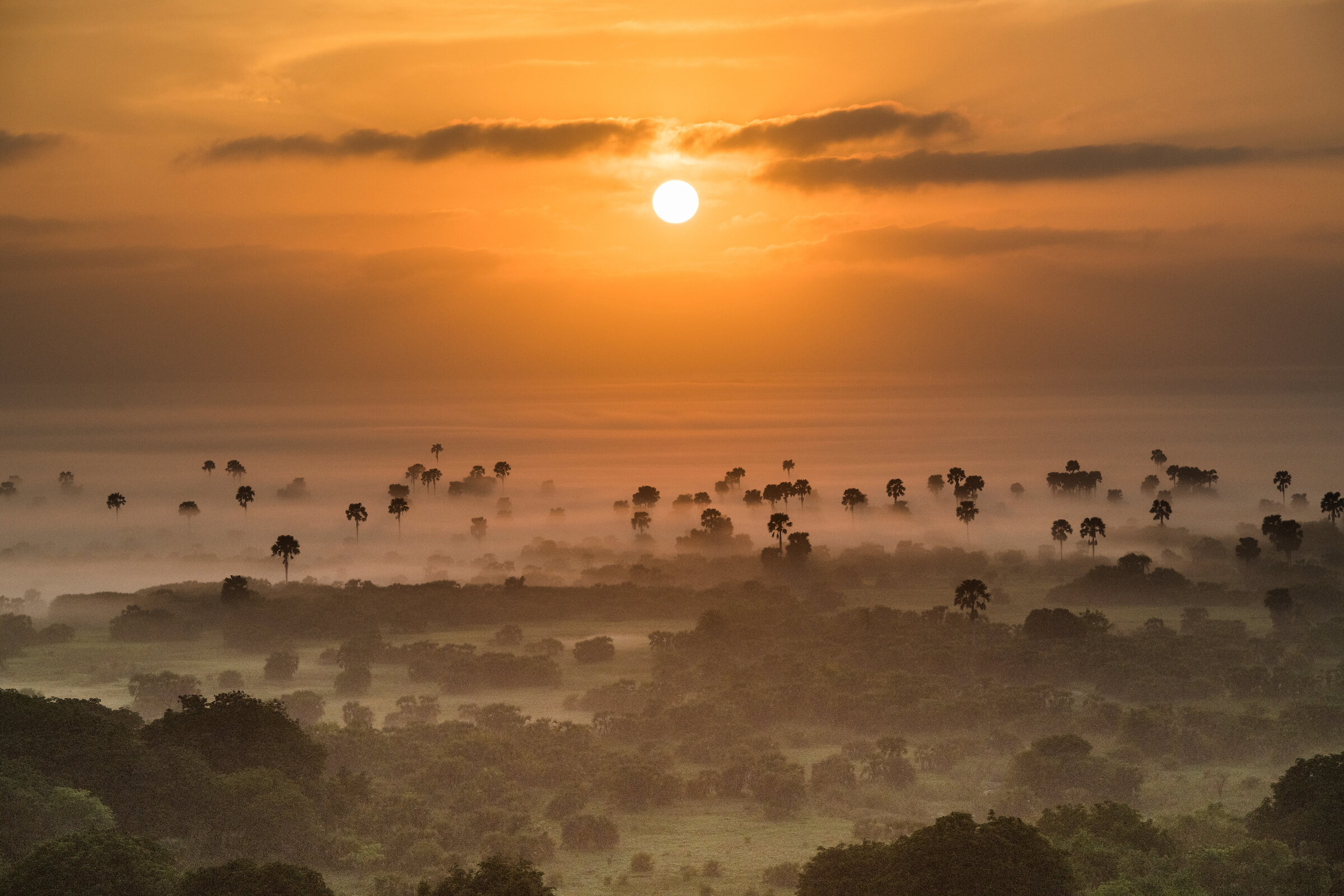We can all agree on one thing…
humans use resources. It’s that simple.
Photo Credit: Copyright Ami Vitale
The homes we live in, the way we travel, and every bite of food we eat is the utilization of resources. However, the way we use these resources determines whether or not they will exist into the future. One of our most precious resources is wildlife and how it is utilized will determine to what degree it exists into the future. Take for example, a system like the greater Kruger National Park, a photographic lodge that has 28 beds, uses a million liters of water each month, has an extensive road network, and a large staff. This facility indeed has a very heavy “footprint” in a wild area. It often over utilizes available resources to a detrimental degree, and may even collapse sometime in the future. Then, consider the small hunting camp that holds only a few guests at a time and a small staff. In spite of the off take of some game animals, it has far less ecological impact.
So what is the sustainable use of wildlife you might ask? At 24 Lions we think it’s very simple, the core wildlife population should be seen as an endowment fund. Like all properly managed endowment funds, the principal, (in this case the core wildlife population), should never be touched. The population of wildlife will yield some males each year that are old and beyond breeding. This is like the interest generated by the endowment. If these bulls are sustainable, and ethically harvested, the profits from them can be used to fund all that it takes to do conservation.
In the Zambeze Delta ecosystem the wildlife is a very carefully used resource that is responsibly managed. To date, almost 1000 animals have been harvested in the area. That represents less than 1% of what is actually there. This off take funds anti-poaching and community development. As a by-product, the meat itself is freely distributed to the community. However, villages that are caught poaching lose their free meat for a whole month. Carefully pursuing this model has led the wildlife in the area to explode. Indeed, in 1995 buffalo numbered less than 2000. Today, there are well over 20,000. Zebra were literally less than 10. Today, they number many hundreds. Sable counted 44 individuals, and today there are over 3000. These are the simple facts that show that this model is working and it’s on this foundation that the lion reintroduction is succeeding.
If we continue to utilize our wildlife resources responsibly, this lion population will grow and thrive, and in time, become a balanced population. It will play an important role in the management and funding of the area by being responsibly utilized. As a result these lions will have a bright and healthy future.


